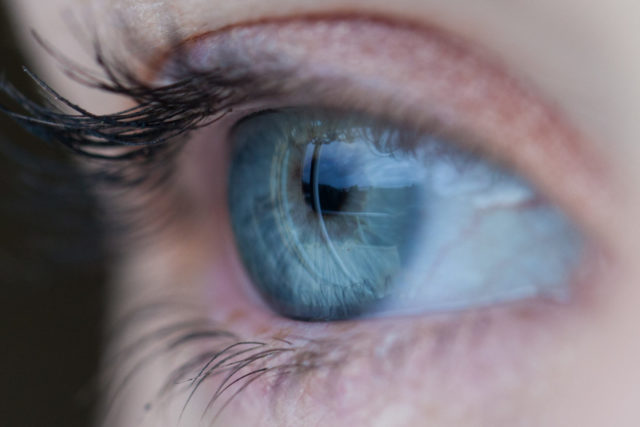

As the time people spend staring at screens has increased, so have problems with dry eyes. Staring at screens slows our blink rate which limits our eyes ability to clear debris from the eye surface and replenishment of tears and oils necessary for healthy vision.
In the past 5 years, we have totally changed the way “dry eyes” or more accurately, ocular surface disease is treated. We have learned that Meibomian gland dysfunction accounts for more than 80% of ocular surface disease. In the past we would prescribe medications and other drops to treat ocular surface disease (OSD). Years ago, we didn’t have the ability to image the Meibomian glands, so we were not aware that damage was occurring to the Meibomian glands. Now that we have the ability to image the Meibomian glands, we treat OSD completely differently. We are on a mission to keep the Meibomian glands healthy and therefore keep the ocular surface healthy. Once the Meibomian glands have died, we can not get them back.
When a patient comes in for a dry eye evaluation in addition to imaging the Meibomian glands, we test different aspects of their tear film. We perform several tests on the tear film including elevated Osmolarity and Inflammation. Once we have a complete picture, we put a plan together for the patient to keep their ocular surface healthy for their lifetime.
Make an appointment with Dr. Neshia Rudd to discuss a treatment plan for your dry eyes.